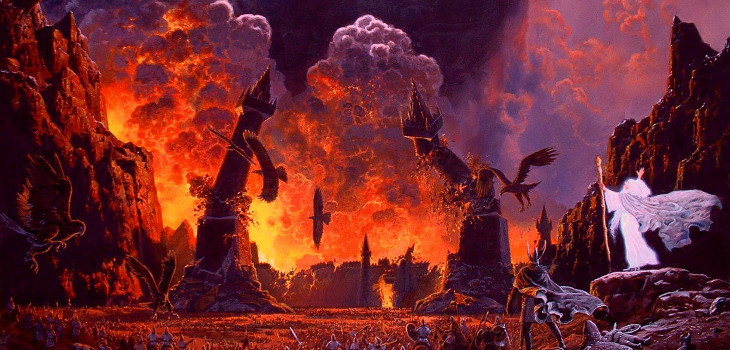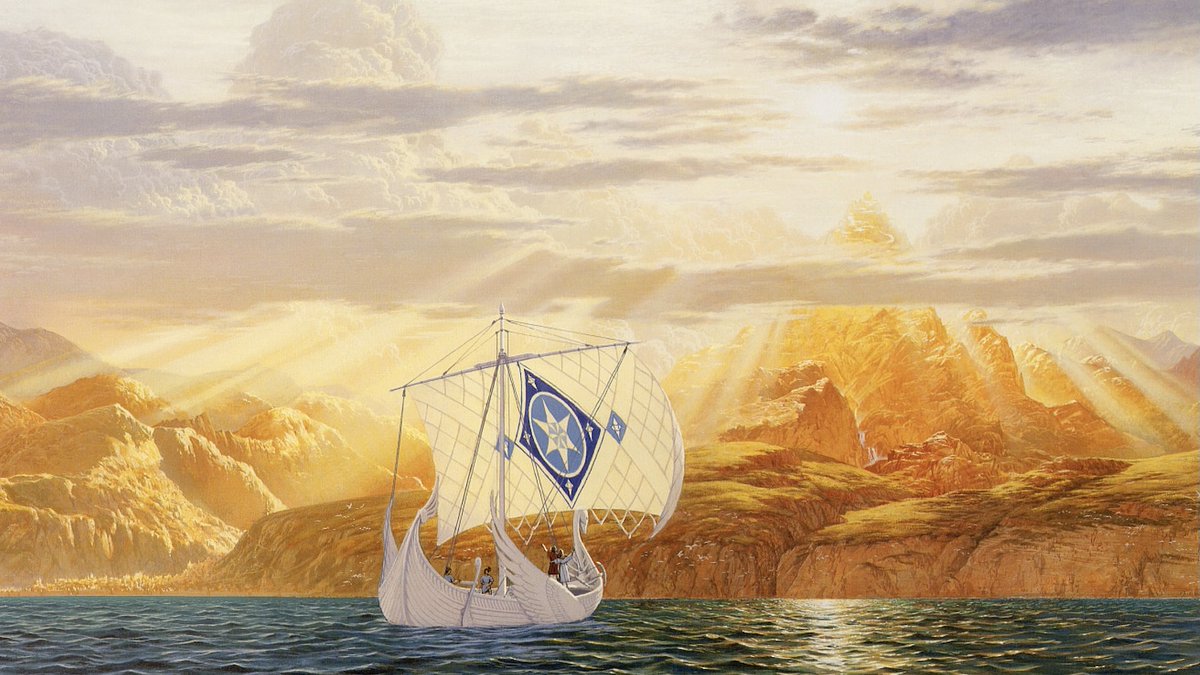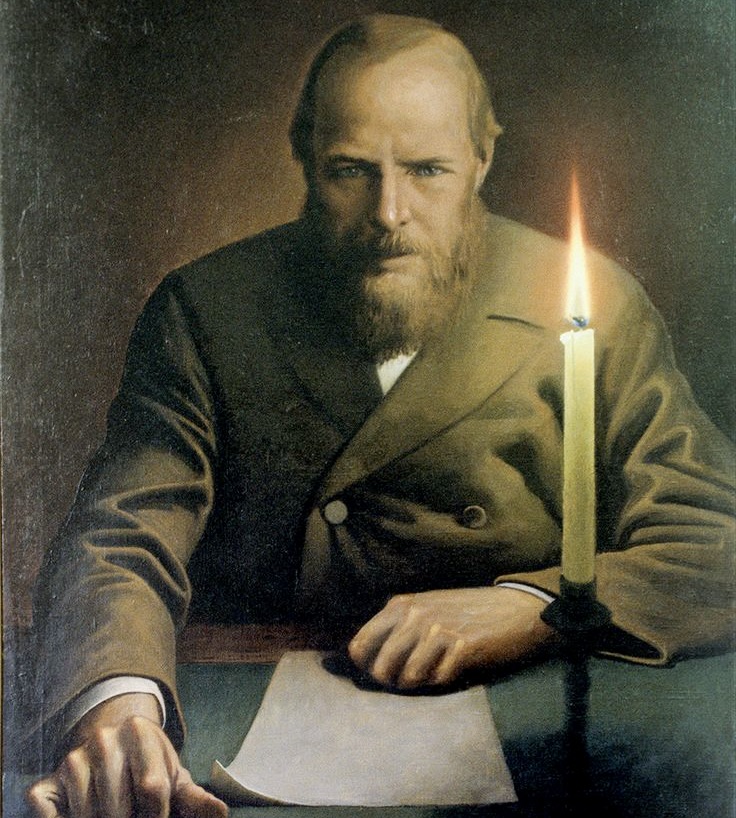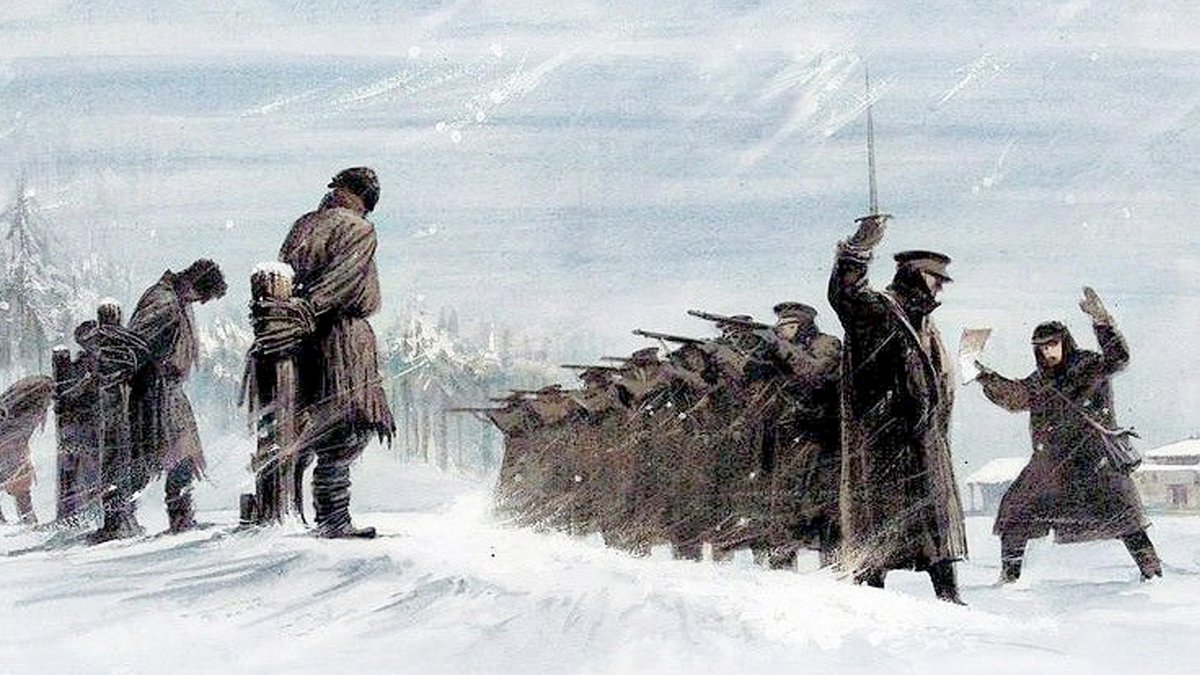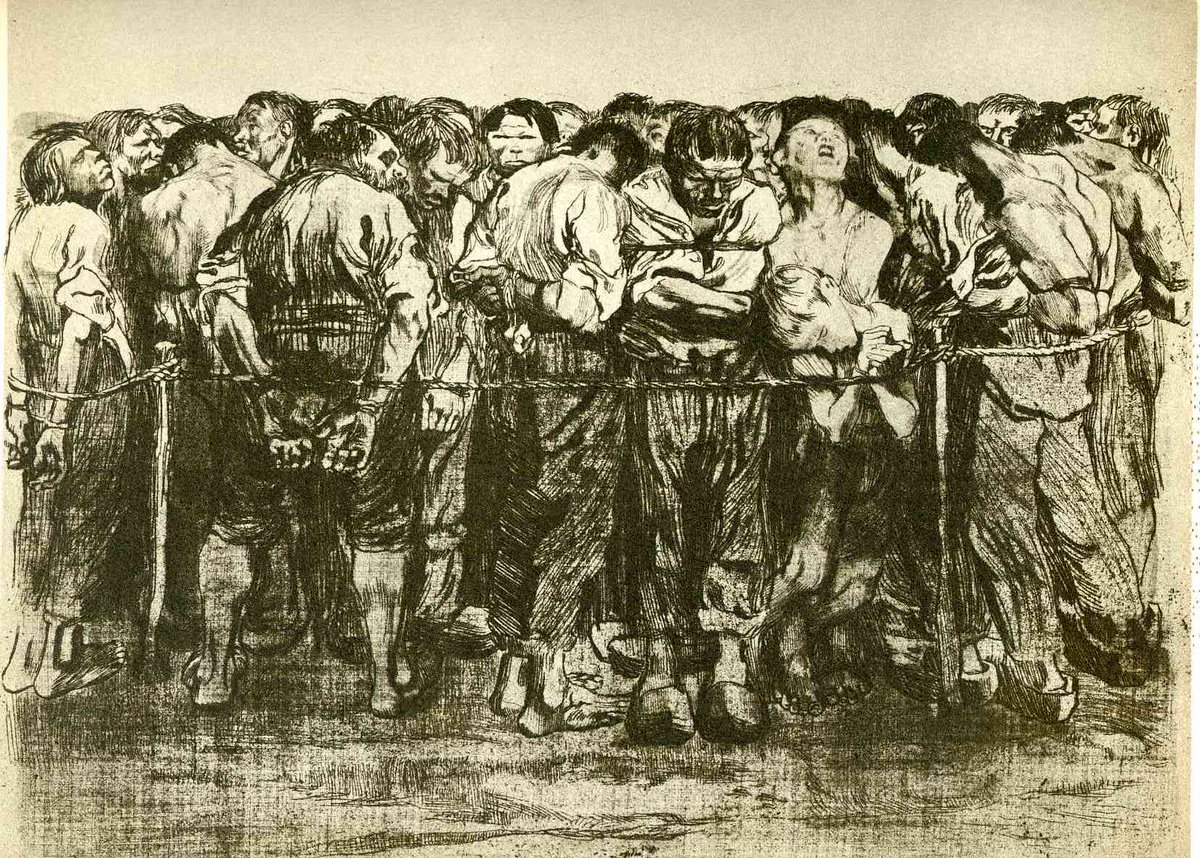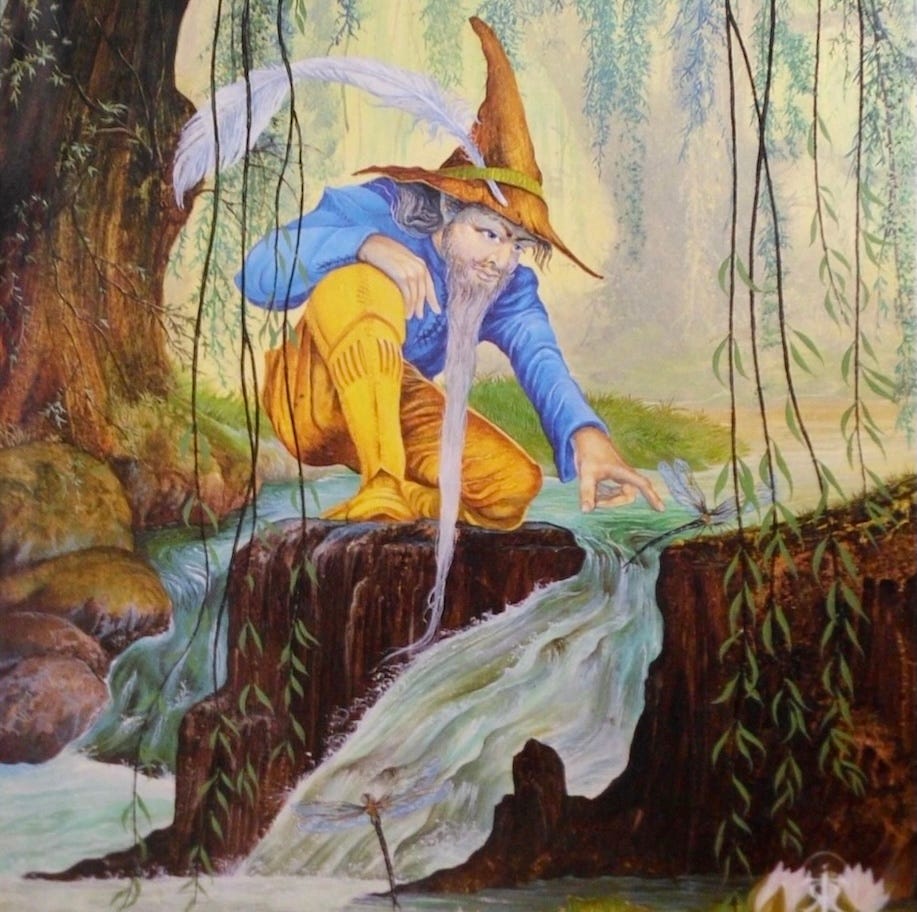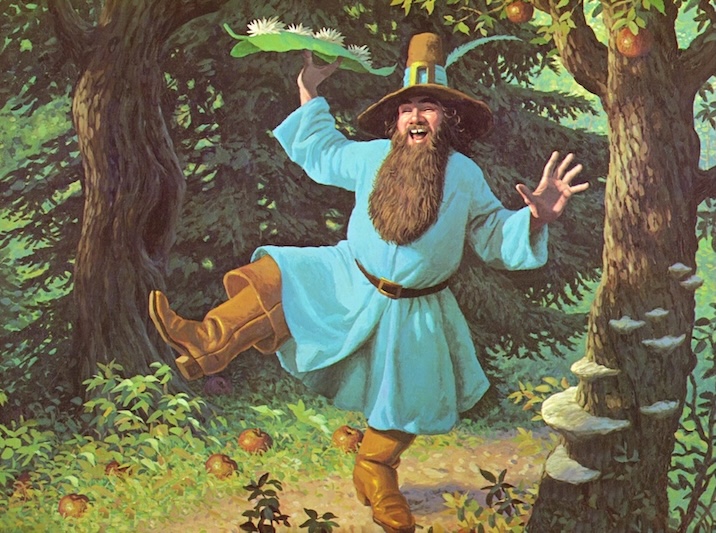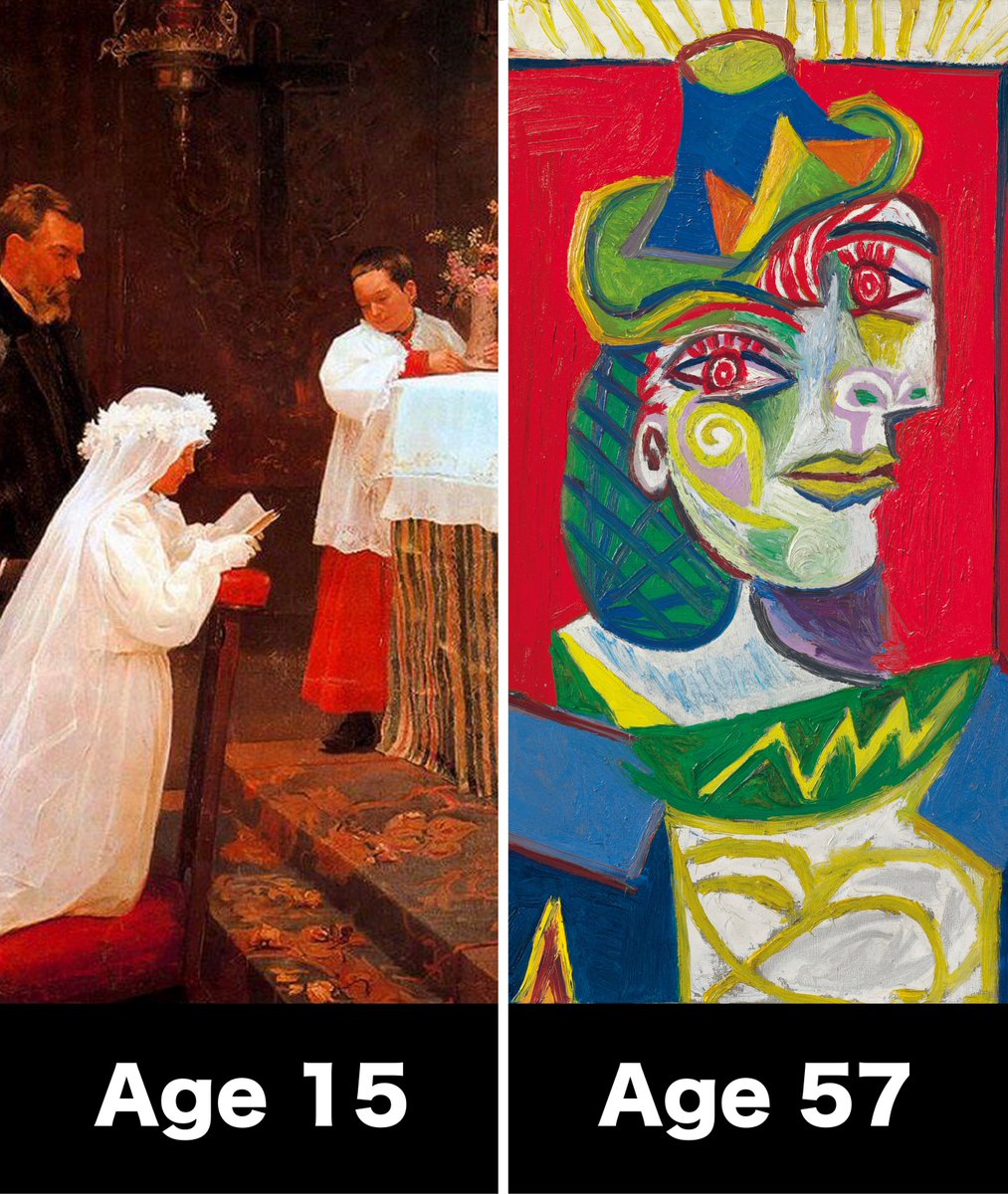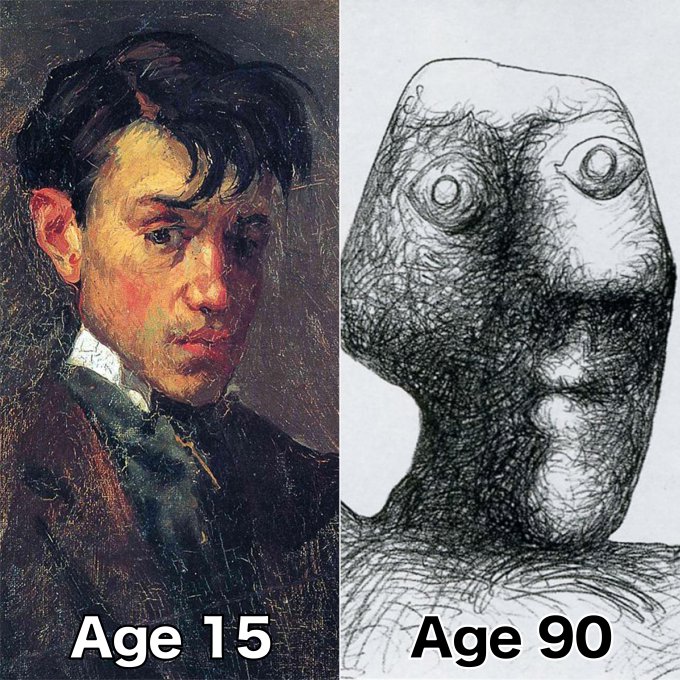America was supposed to be Art Deco.
Here's how an age of optimism sparked a golden age of design.
And why it's coming back... (thread) 🧵
Here's how an age of optimism sparked a golden age of design.
And why it's coming back... (thread) 🧵
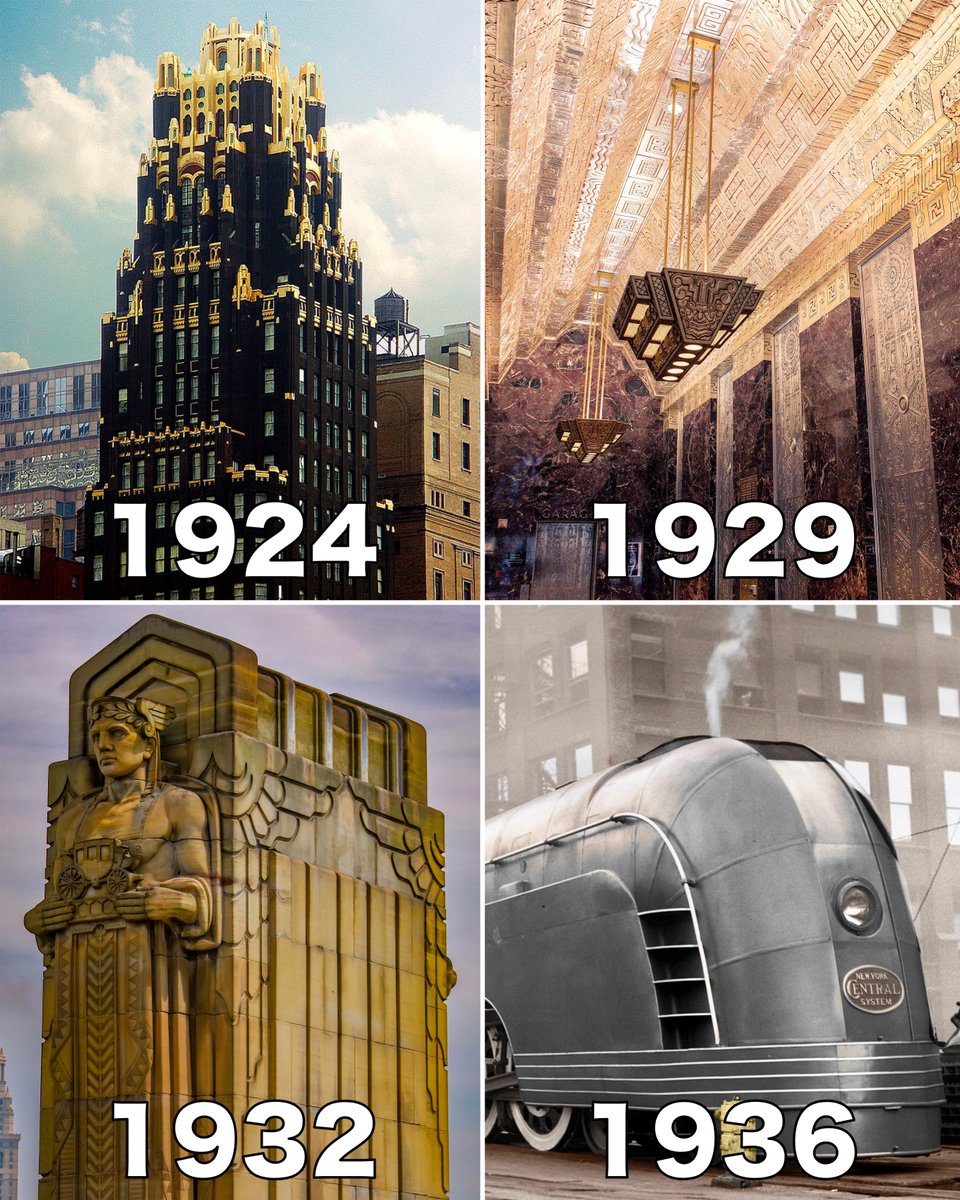
Art Deco in the '20s and '30s was about the fusion of the classical and modern worlds. It took designs from great past civilizations (Greece, Rome, Mesoamerica, Asia) and fused them with modern forms. 
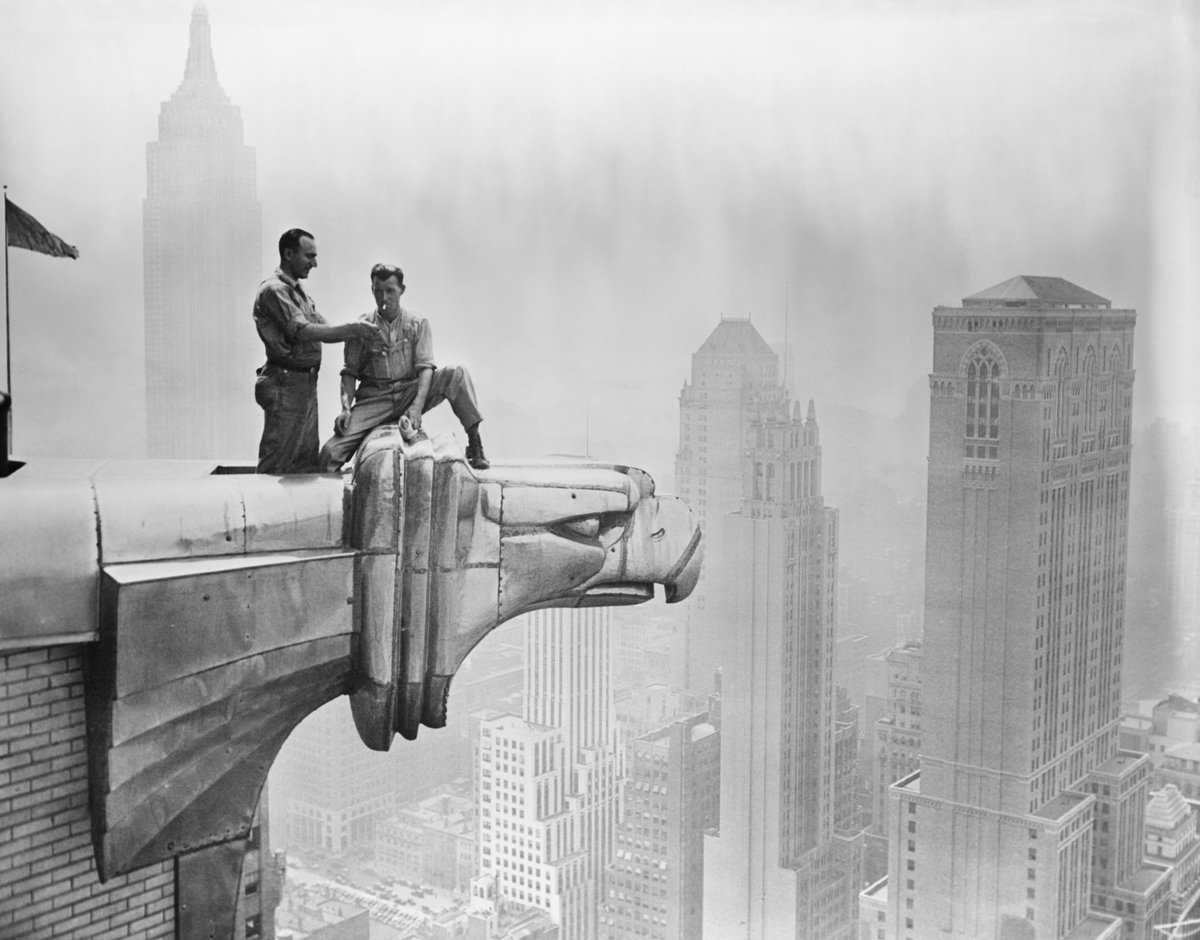
Take the American Radiator Building's "stepped" profile. It's meant to remind you of the ziggurats of Ancient Mesopotamia...




Or the Chrysler Building's soaring eagles.
Where Ancient Rome had chosen the eagle as its symbol of wisdom and power, America followed suit — claiming its role as the next great Western empire.


Where Ancient Rome had chosen the eagle as its symbol of wisdom and power, America followed suit — claiming its role as the next great Western empire.

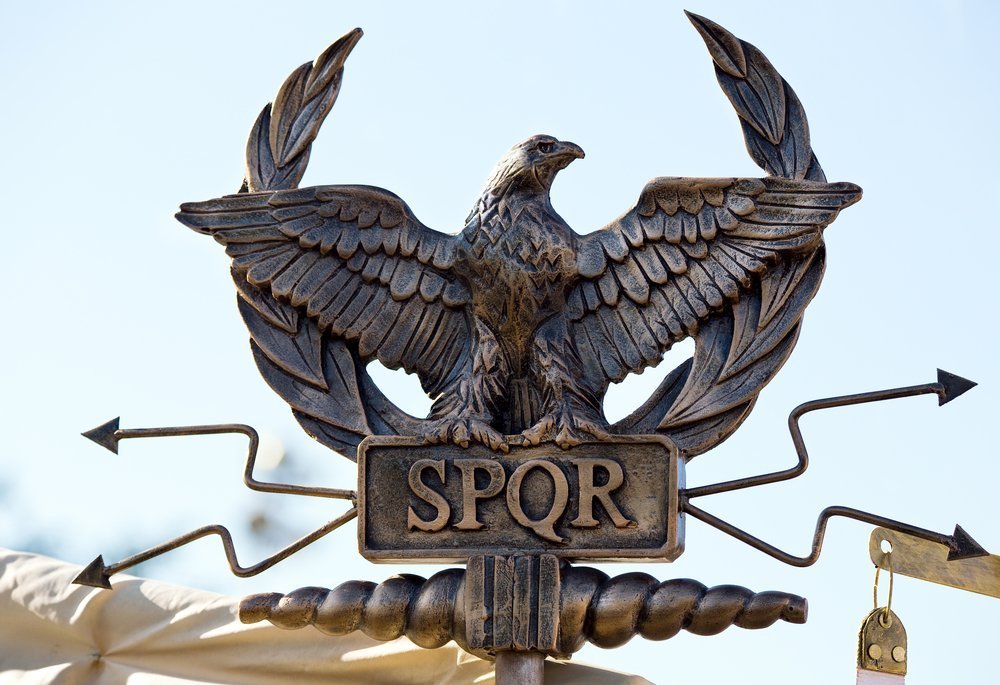
But Art Deco went further than the Greco-Roman world in search for inspiration. Look at the "neo-Mayan" lobby of 450 Sutter Street, San Francisco: 
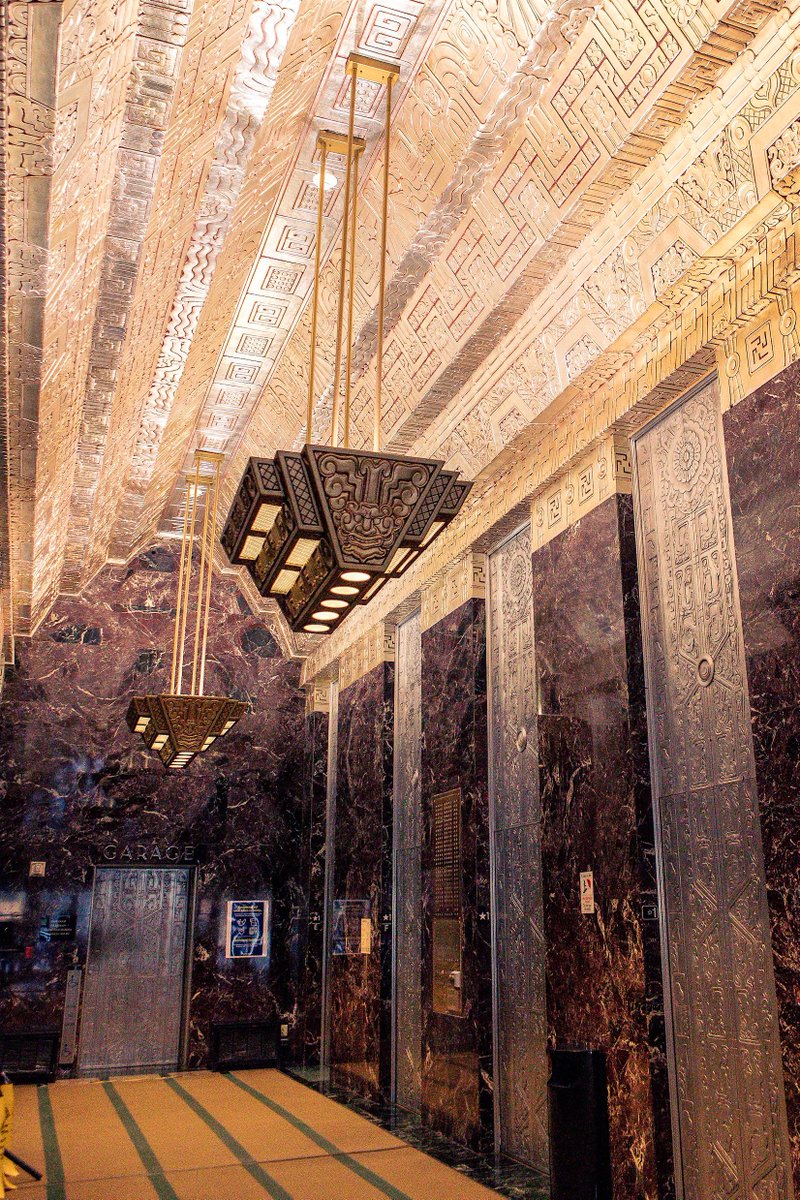
America recognized the greatness of ancient cultures and didn’t shy away from comparing itself to them. Unlike neoclassicism, Art Deco merged antiquity with forward-looking optimism: angular, streamlined forms reaching for the future. 
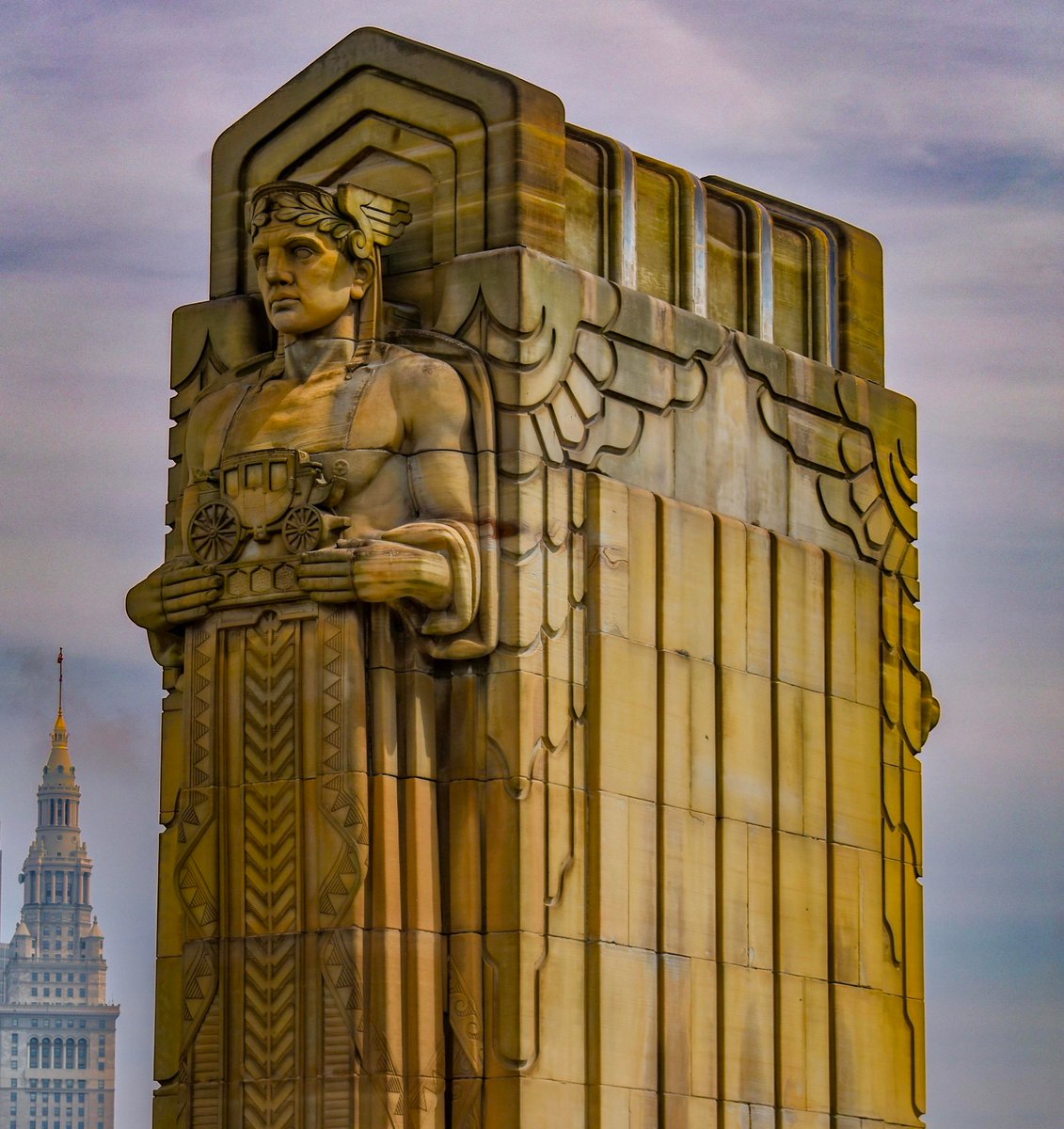
The US did Art Deco better than anywhere, but it originated in Paris — where concern was growing that industrial production would replace craftsmanship with mass-produced forms. 
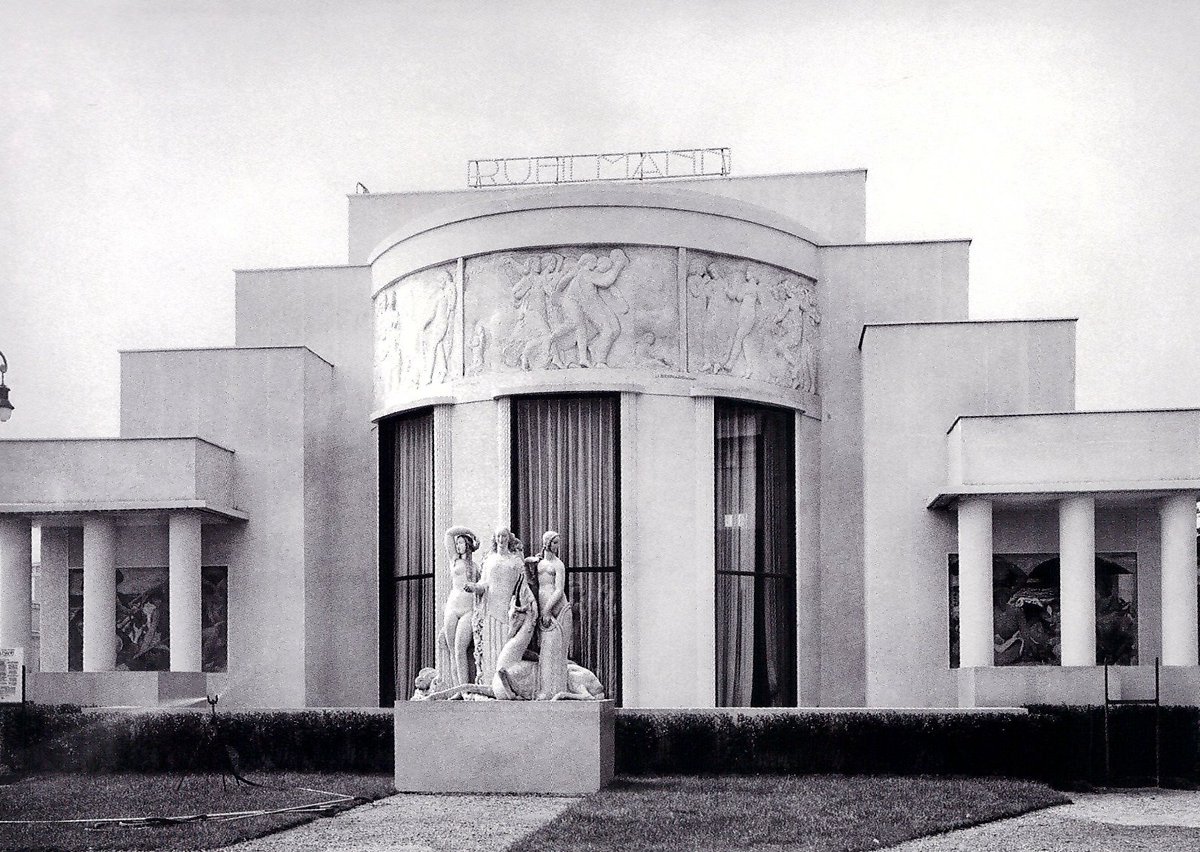
The Arts Décoratifs were the answer: embracing modern production techniques but enriching designs with elaborate decoration. Why shouldn't everyday objects be extravagant?


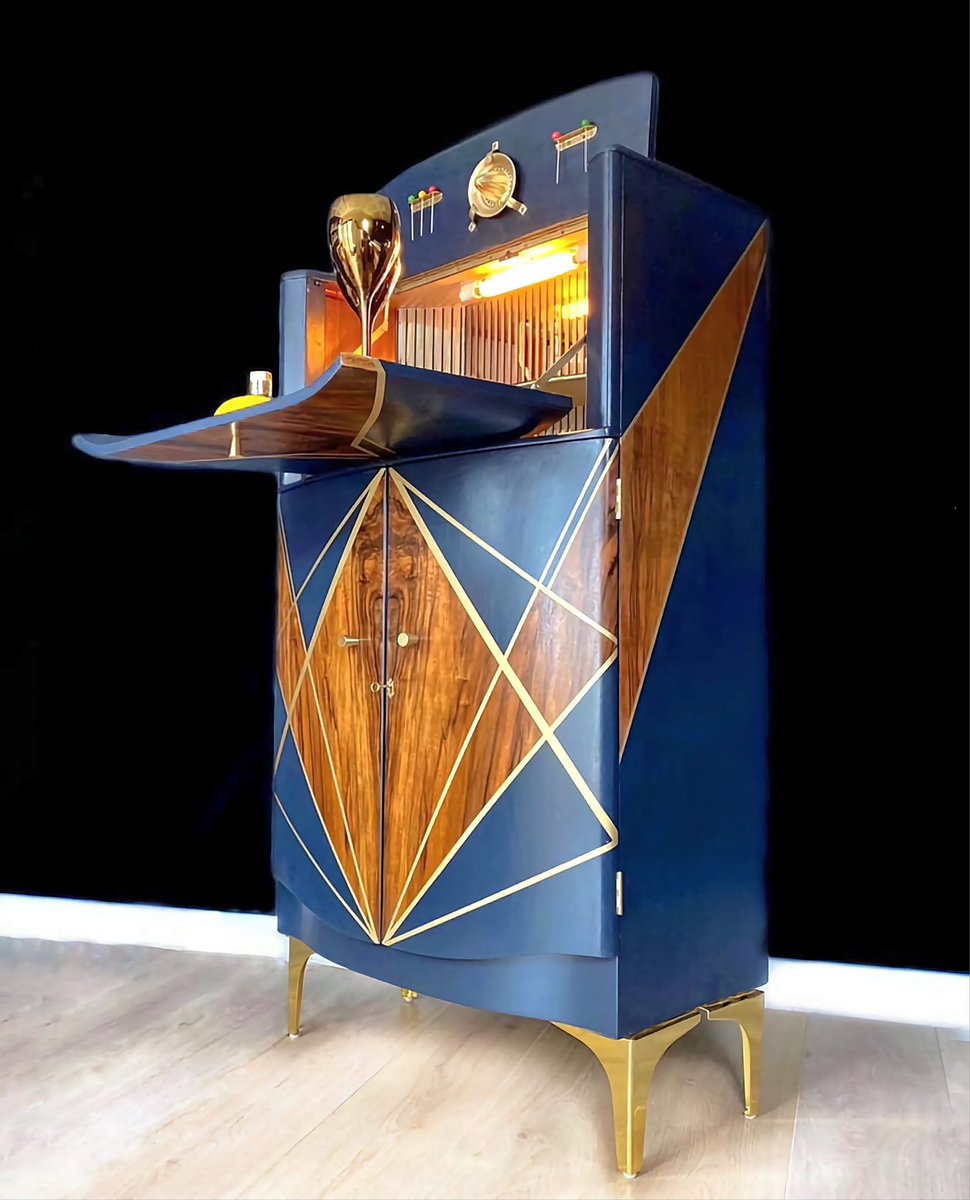
This did something fundamental. It kept designs human, even when they were growing to increasingly inhuman scale. It was becoming necessary to build mammoth skyscrapers, like Rockefeller Plaza for example...
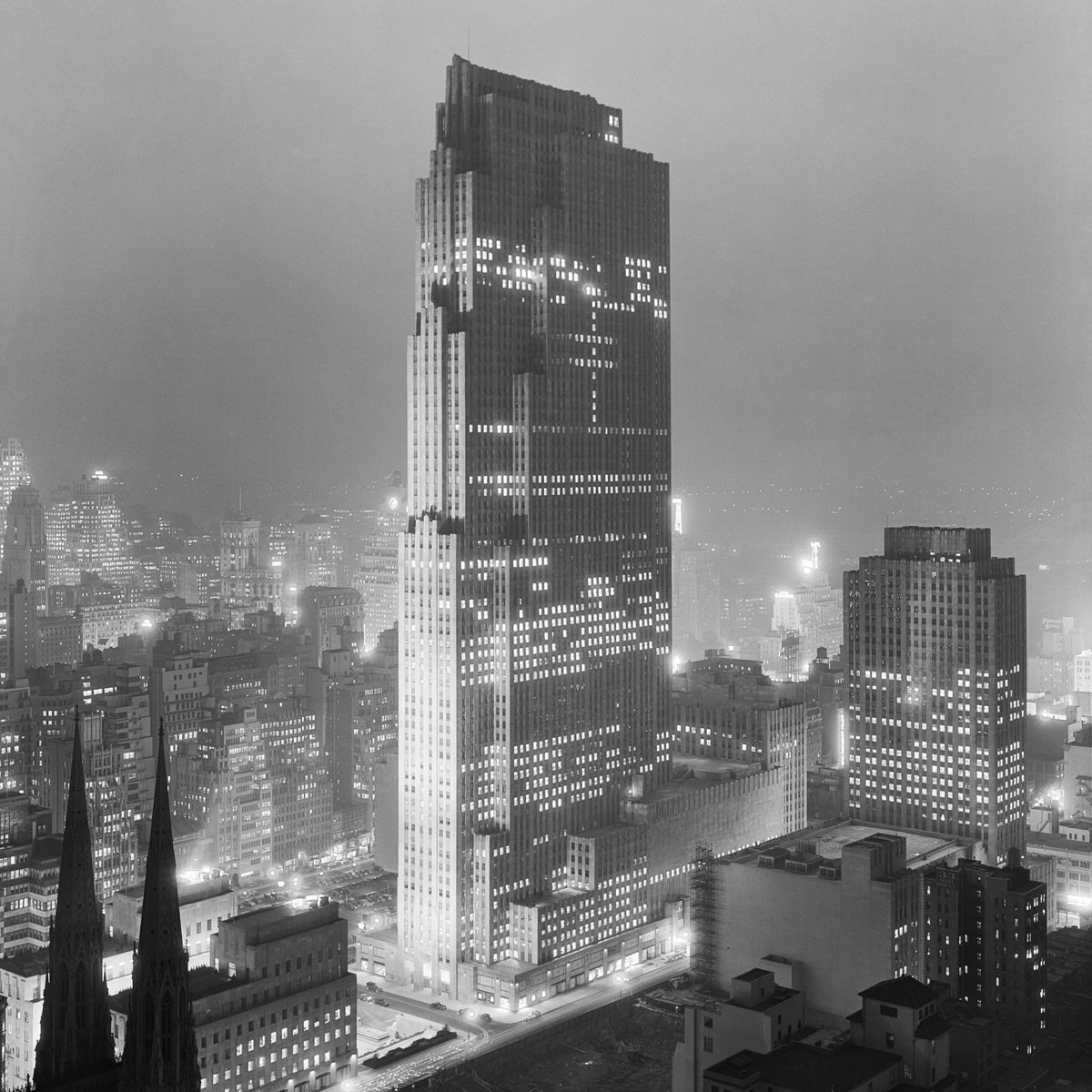
The scale of it was titanic. But Art Deco designers kept it personal in the details: every doorknob and light fixture was a work of decorative art.



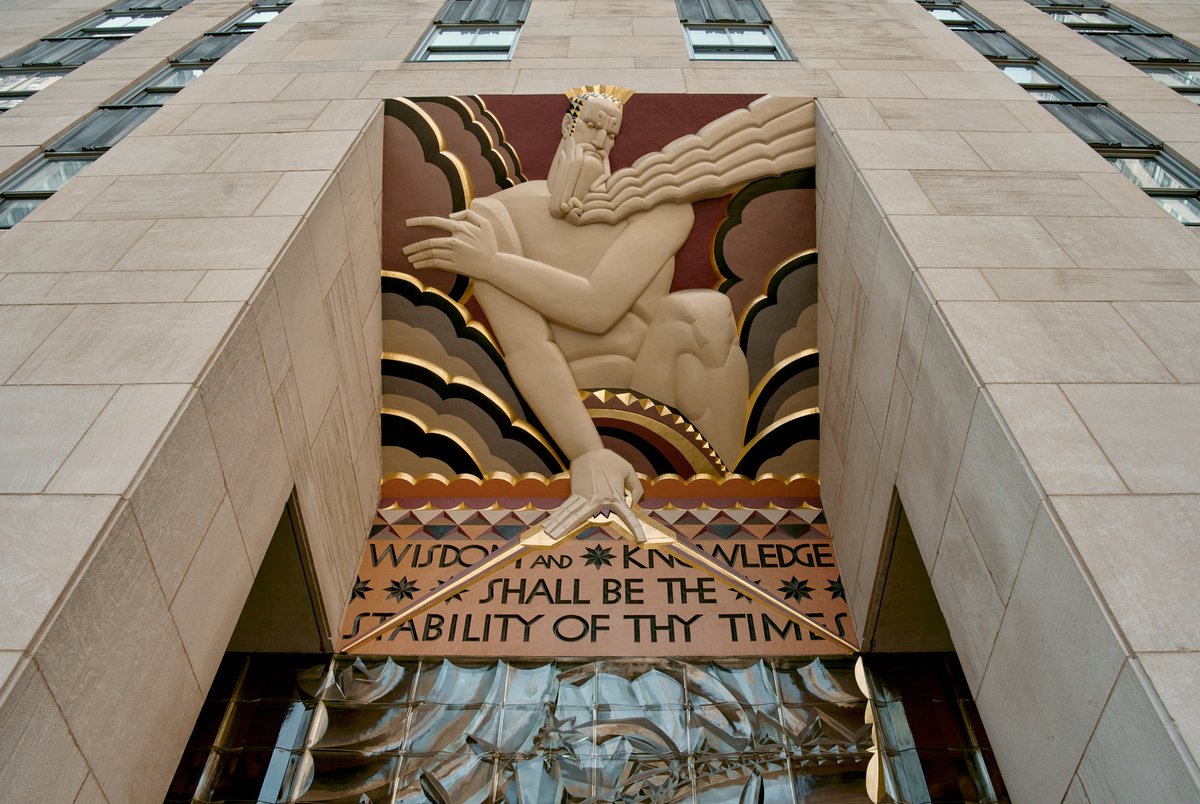
So too at 30th Street Station in Philadelphia. From the light fixtures to the coffered ceiling, careful design work humanized its epic proportions. 
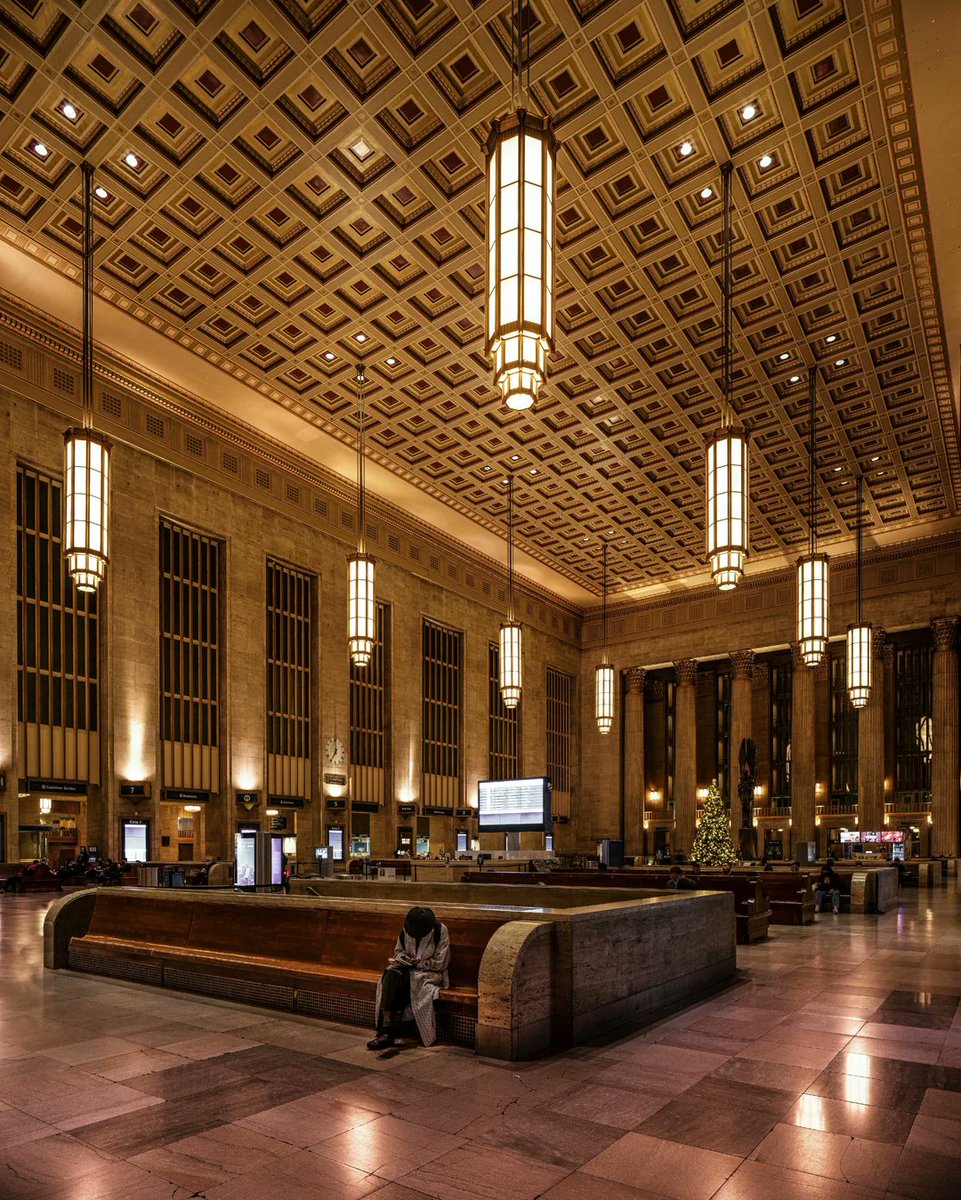
The "international style" glass monoliths that now span every corner of the globe have forgotten this. There is nothing to ground their massive scale in the human world. No delightful details to enjoy. 
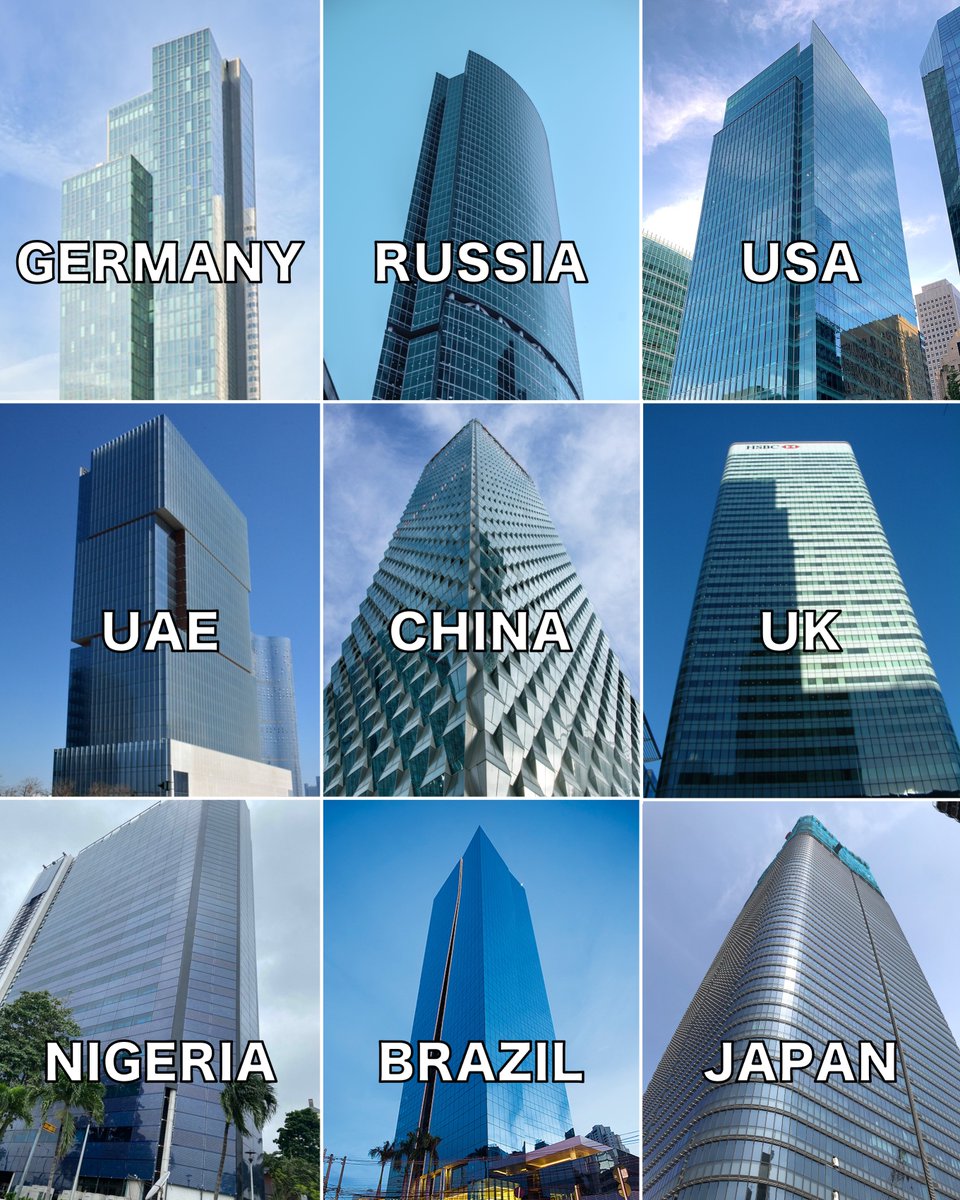
Art Deco was the answer to mass production — a way of safeguarding design from mass-market genericism. The antithesis of dreary postwar minimalism, its purpose was to dazzle you with every detail. 
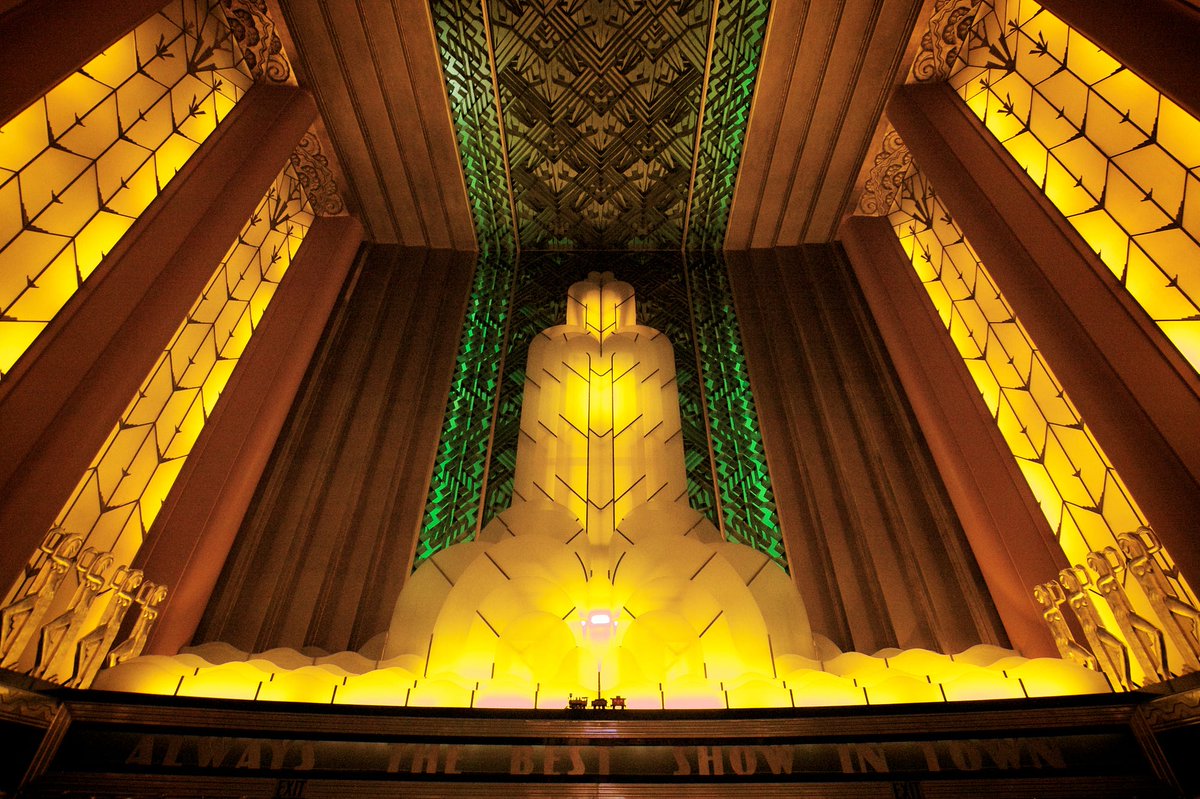
Its luxurious opulence reached the transport sector, with new streamliners like the Mercury. Henry Dreyfuss designed everything from its clean-cut exterior to the napkins in the dining car.

But it wasn't really about showering the rich in opulence. It was about uplifting ordinary people to that vision of a great American future. Even high school buildings adopted the style. 
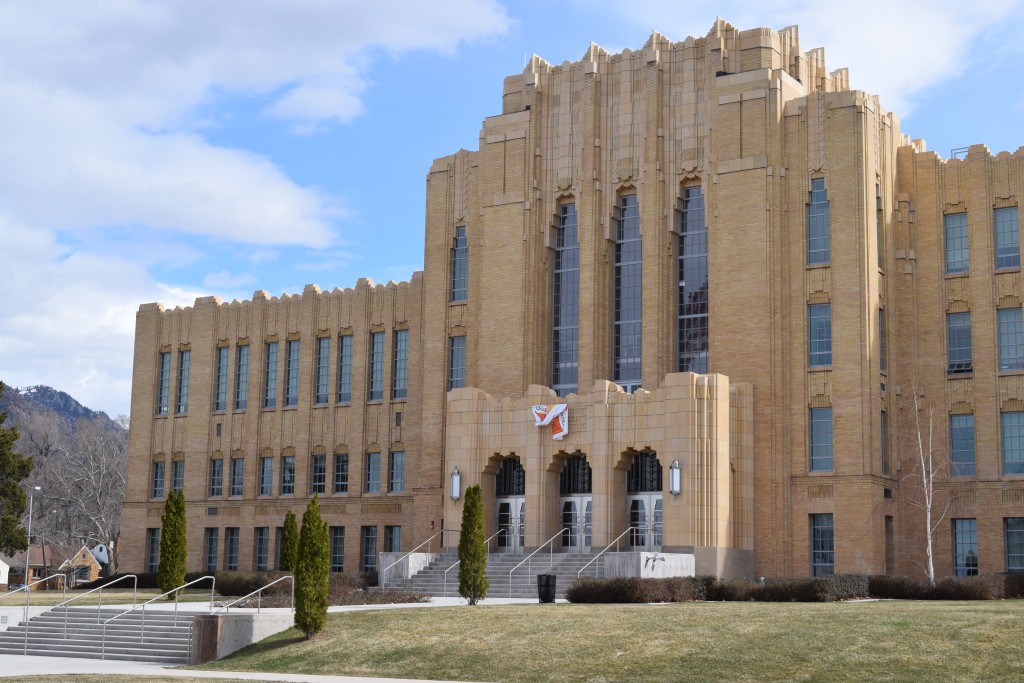
The good news? Art Deco is slowly returning. JPMorgan is building this stepped skyscraper for its new HQ. And the idea that people should feel uplifted by their surroundings is edging back into the fray... 
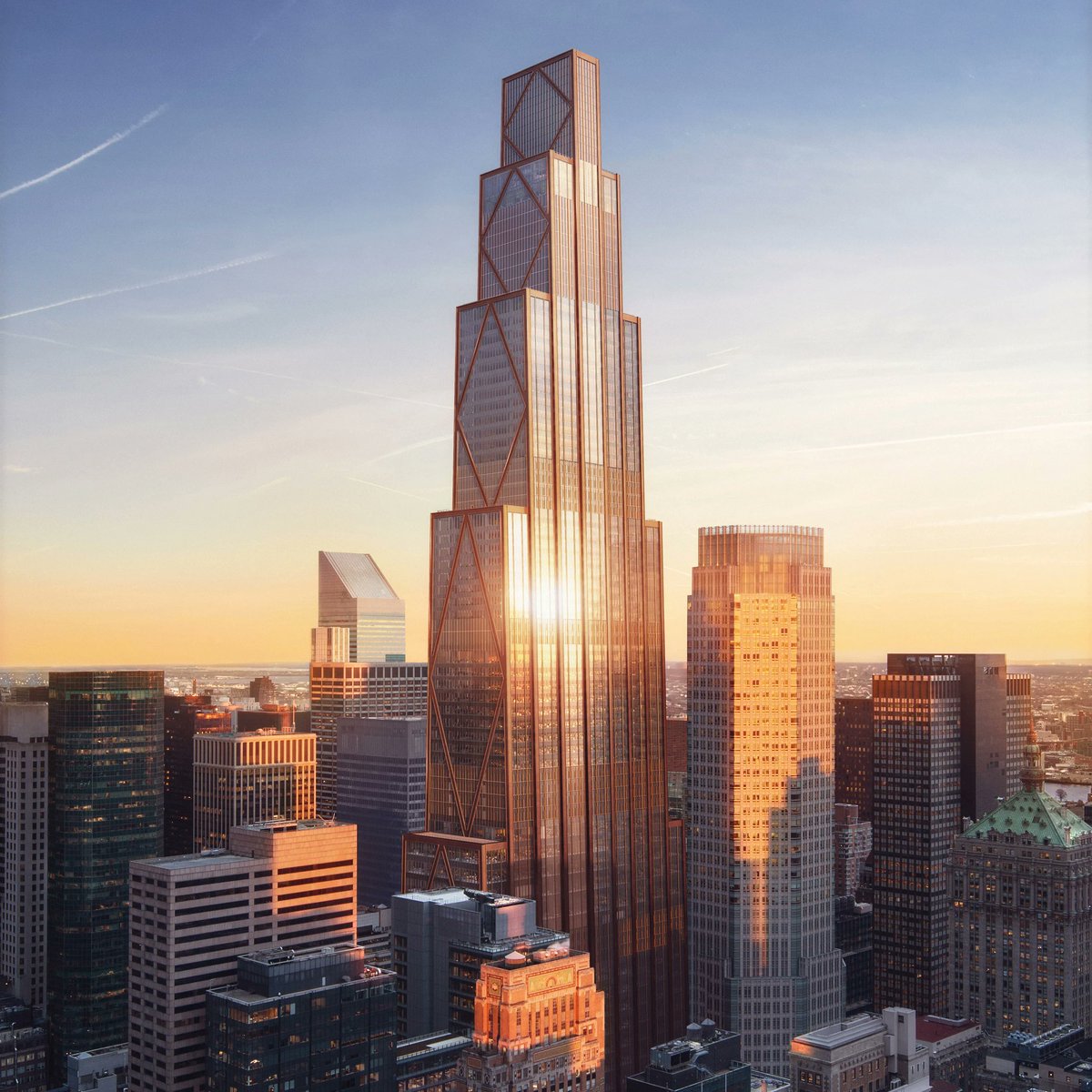
I go deeper into this topic in my free newsletter — do NOT miss it!
39,000 people read it: art, history and culture 👇
culturecritic.beehiiv.com/subscribe
39,000 people read it: art, history and culture 👇
culturecritic.beehiiv.com/subscribe
As futuristic as it was, Art Deco's brilliance was looking back first at past greatness.
100 years on, perhaps it's time to look back again for inspiration — so that we can boldly face the future.
100 years on, perhaps it's time to look back again for inspiration — so that we can boldly face the future.

• • •
Missing some Tweet in this thread? You can try to
force a refresh



